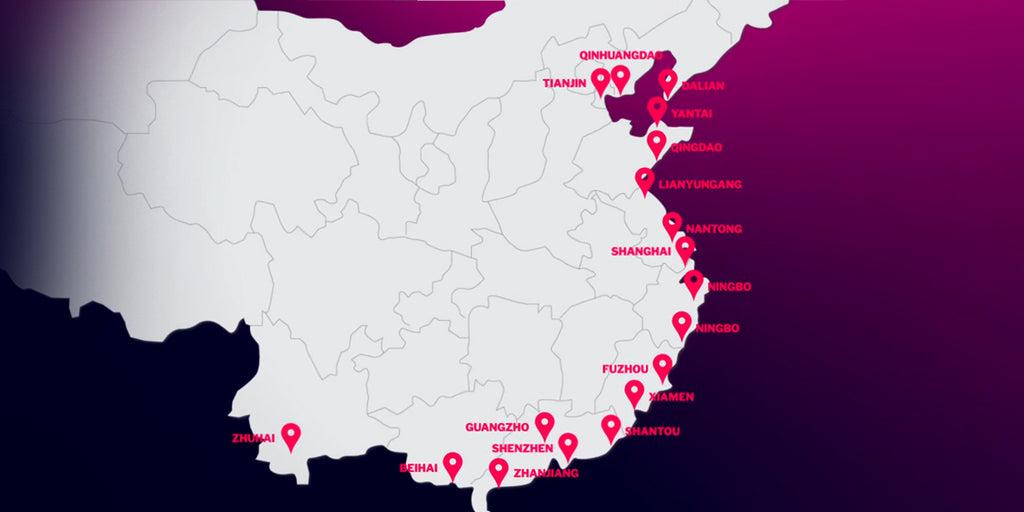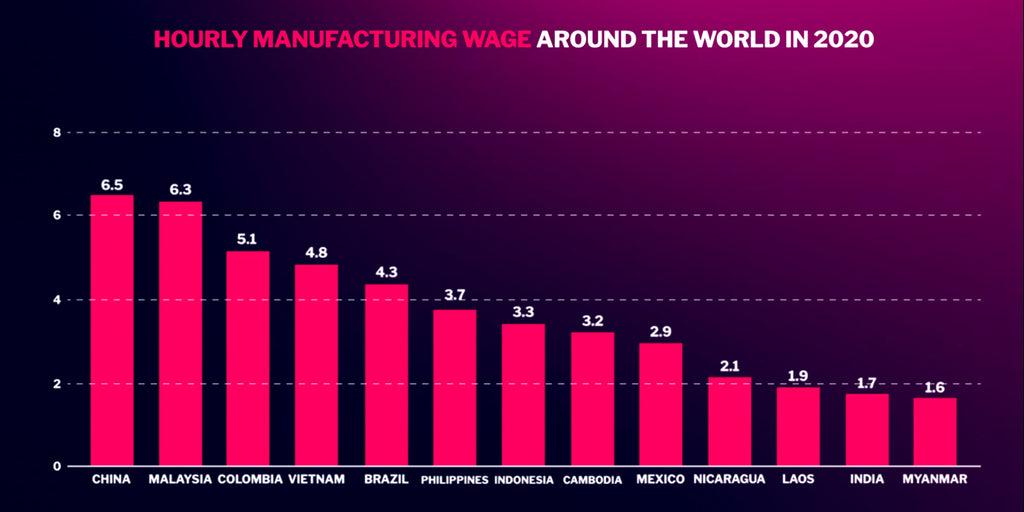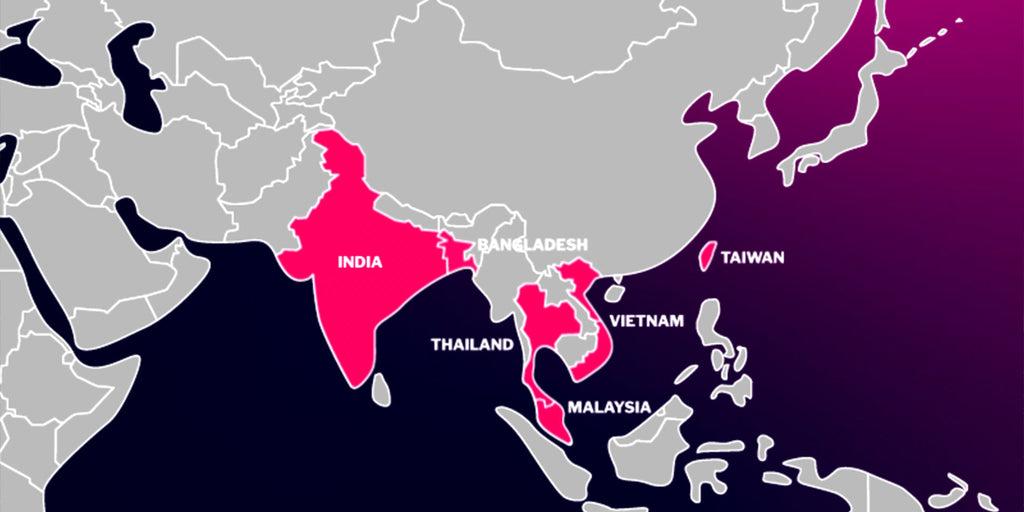Until the late 70s, globalization was not a thing, and most products were made relatively close to where they were sold.
In 1950, the global export value of trade in goods was 62 billion US dollars. In 1970, it was 318 billion.
You are viewing: Why Everything Is Made In China
But what does that have to do with everything made in China? Well, let’s take a look.
How China became the manufacturing giant
In 1976, Mao Zedong died. Shortly after, in 1978, Deng Xiaoping rose to power and started implementing economic reforms.
One of these reforms included opening the door to foreign businesses, and by 1979, China had adopted its first Law on Joint Venture Using Chinese and Foreign Investment.
This law created a series of Special Economic Zones for foreign investment that included tax incentives and were relatively free of regulations and interventions. These included the city of Xiamen in the Fujian province, Shantou, Shenzen, and Zhuhai, in Guangdong, and Kashgar, in Xinjiang.
During the 80s, China further opened 14 coastal cities to overseas investment, which shortly became an open coastal belt.

China’s exports
From 1960 to 1979, China’s exports never surpassed 10 billion USD a year.
By 1990, it was 44 billion.
By 2000, it was 253 billion.
In 2010, it was 1.6 trillion USD.
Today, it’s a whopping 3.5 trillion USD.
China’s growth is crystal clear, but how does that compare to the rest of the world?
Read more : Why Reading Matters Ted Talk
Let’s take a look at the top 10 exporting countries.
You’ll find manufacturing powerhouses like South Korea, Hong Kong, or Japan with around 750 billion USD. Then there are economic giants like Germany or the United States, with over 1.5 trillion each.
And then there’s China with 15% of all world merchandise exports. And that’s all kinds of exports, let’s take a look at electronics;
The top ten countries that export electronics to the US are Vietnam, Thailand, Taiwan, Germany, South Korea, Canada, Japan, Malaysia, Mexico… and China.
That’s 42% of all electronic exports to the US.

China’s rising wages
China stands as the world’s factory, however, over the last few years, manufacturing in China hasn’t been as smooth or cheap as before.
The hourly wage in China has risen to more than three times that of India and more than twice that of Mexico.
On top of that, there’s the increased cost of overseas shipping and all the supply chain issues derived from COVID-19, like factory lockdowns and travel restrictions.

Why’s the world still manufacturing in China?
The answer is relatively simple: after so many decades of manufacturing in China, everything is there: the factories, the machinery, the qualified workers, and even the know-how. It’s a whole ecosystem.
For example, let’s say we move our assembly line to Spain, where we have our headquarters. That would be more expensive but doable. In fact, we do part of the assembly and the final quality control here.
However, many components for our keyboards are custom-made in China, and in most cases, there are no suppliers in Europe or the US.
So we’d still need to make those in China and import them, but at least the assembly would be done here.
Dygma’s Challenge
Imagine if we received 5000 units of a faulty component. In China, that would be an easy fix. We send them back to the factory down the road and have them fixed in a week tops.
Read more : Why Beeswax Candles Are Bad
Now imagine the same problem, but you must ship them thousands of miles back and forth. And multiply it by all the different components that make up a product.

The keycaps are made in one place, the top panel in another, the PCBs in another factory, the legs, the base, the palm pads, the cables, the travel case, the neuron… you get the idea.
Well, what if we moved all our supply chain to Europe? We’d need to be a company with enough production to have the whole supply chain working all year round, so let’s assume we are;
What happens if one of our component factories has a technical issue or has to shut down? In China, that wouldn’t be a problem; you’d find another supplier around the corner. Here, your whole supply chain would be disrupted.
The same would happen if you needed new components for a new product. In China, you would have many suppliers to choose from. In Europe, you’d probably need to set it up from scratch.
Things are starting to move
But, despite all that, things are starting to move.
India, Taiwan, Vietnam, Thailand, Malaysia, and Bangladesh are stepping up to replace China as the world’s factory. And other countries could play a key role too, like Mexico or the East European countries.

Those countries pose their challenges, but the big international firms are starting to diversify their supply chain there, opening the door for small startups like us.
However, setting up a new supply chain is an arduous process. It took almost three years and countless trips to China to set up ours.
Then COVID arrived, and manufacturing in China got much more complicated. And with world travel restrictions and limited resources, it was almost impossible to change anything. Surviving as a company was a first.
Looking back, it was a feat that we were able to deliver three more batches of the Raise, develop and manufacture the tenting kit, and kick off the Defy production. All that from Spain, not being able to travel, and with China’s zero-COVID strategy.
That massive endeavour allowed us to grow, and with travel restrictions lifted, we can now start diversifying our supply chain.
With a bit of perseverance and many trips to Asia, maybe not everything will be made in China soon.
Source: https://t-tees.com
Category: WHY
